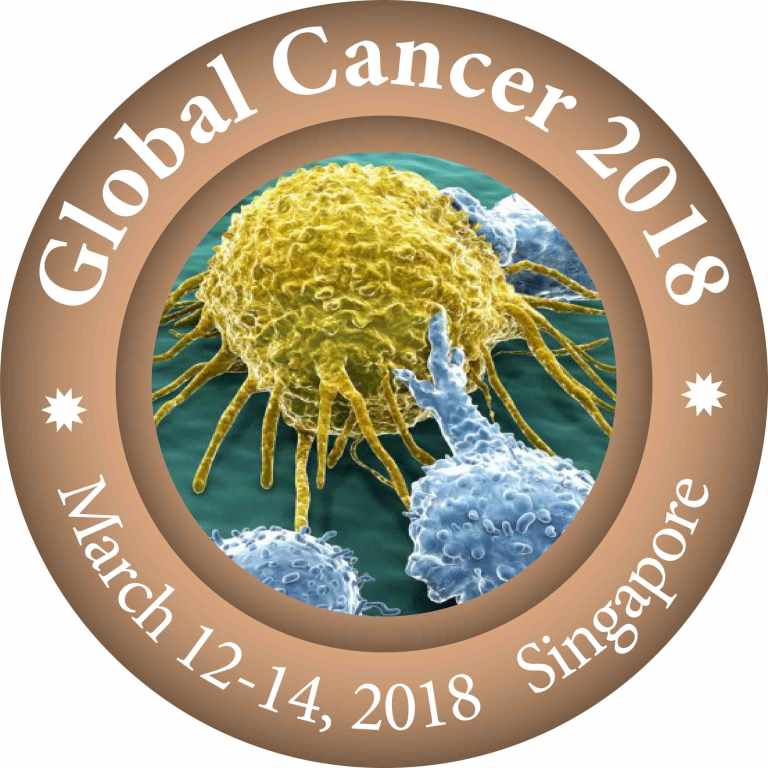
Lingzhi Wang
Cancer Science Institute of Singapore, Singapore
Title: Novel autoantibody signatures in plasma exosomes as potential biomarkers for diagnostics and prognosis of non-small-cell lung cancer
Biography
Biography: Lingzhi Wang
Abstract
Lung cancer has one of the highest cancer-related mortality rates due to lack of efficient diagnostic approaches. Although the National Lung Screening Trial (NLST) has now shown that screening with low-dose CT (LDCT) scanning results in fewer deaths from lung cancer, high false positive rate can lead to anxiety, additional cost and morbidity associated with cancer treatment. Therefore, the discovery of novel biofluid derived non-invasive exosomal biomarkers for lung cancer is urgently needed to reduce over diagnosis due to LDCT screening. Exosomes are small (30-120 nm) vesicles containing nucleic acid and protein cargo. There is currently a lack of information regarding the association between exosomal proteome and the pathological condition of lung cancer. We conducted studies to evaluate the utility of plasma exosomal proteins as circulatory biomarkers for early detection of non-small-cell lung cancer (NSCLC) using the Sengenics immunome protein array technology, which affords the simultaneous screening of over 1600 functional proteins selected based on their involvement in the immune system. It leverages on its use of a biotin carboxyl carrier protein (BCCP) folding marker, which ensures correct folding of every protein immobilized on the array. Preliminary data from this study revealed multiple biomarker signatures in both early and late stage patient cohorts when compared to healthy controls. With the use of sequential bioinformatics analyses which implements a penetrance fold change and a recursive feature elimination algorithm, we have modeled the correlation and classification of identified biomarker signatures with significant ROC-AUCs in differentiating NSCLC patients of different stages and the prognostic potential of exosomal autoantibody signatures is under investigation.

